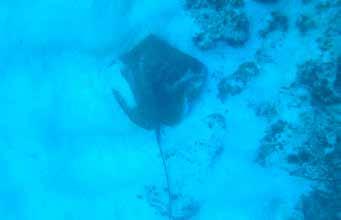
1 minute read
Love a Little Local: Their land brought forth frogs
Love a Little Local: Their land brought forth frogs
Writer Elaine Davie
Advertisement
Fortunately for the people of Hawston, unlike their Egyptian counterparts at the time of the Exodus, the frogs were not a nuisance; they knew their place. It was a delicious cool, watery wetland at the bottom-end of Hawston behind the dunes. Frogs of all shapes, sizes and conditions could be found there, fat and flourishing. And the people, too, loved the place – and the frogs – so much, that they called it Paddavlei.
Hawston old-timers like Niel Arendse and Kapief Wessels, many of whom can trace their ancestry back to the establishment of the village of Hawston in the mid-19th century, remember the important role Paddavlei played in the life of the community when they were little. At that time, it was a stretch of clear open water traversing Hawston from one side to the other.
Bordered on the sea side by an ancient Milkwood forest, it linked up with the Vermont Salt Pan to the east, Skilpadvlei to the west and eventually the Bot River Estuary, in an interconnected, richly biodiverse eco-system. Fauna and flora which thrived there in abundance included frogs, terrapins, fish, birds and indigenous plant life like ‘matjiesriet’, ‘papkuil’ and arum lilies.
Niel and Kapief remember as children having boat races with their friends on the water. Their boats, which were handcrafted by local resident Sam Gibson, had feathers as sails and competition was fierce amongst the children as to which was the fastest. “It was so beautiful here then, neat and clean and safe; this is where we learnt to swim,” they recall.
“There was a little ‘pompie’ too (a small fountain) where the water came out of the ground sparkling fresh. The women used to do their washing there with home-made blue soap and while it was hanging on the bushes to dry, it was a good time to catch up on all the gossip of the week,” they chuckle. The only thing they didn’t like about Paddavlei was that when the North-Wester blew, the papkuil broke apart, liberally scattering their seeds, and bringing on community-wide sinus attacks.
Click on the newspaper below to read more (see page 5).










